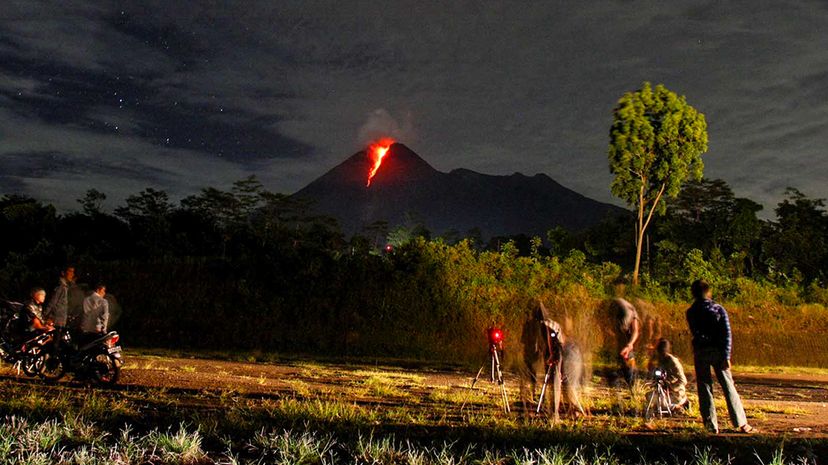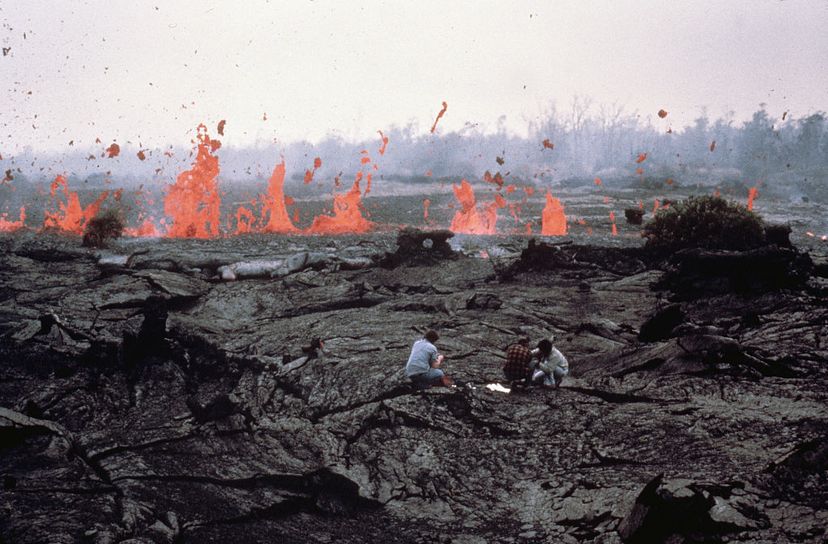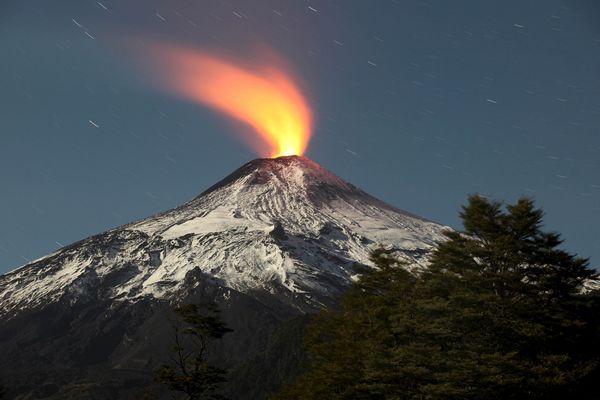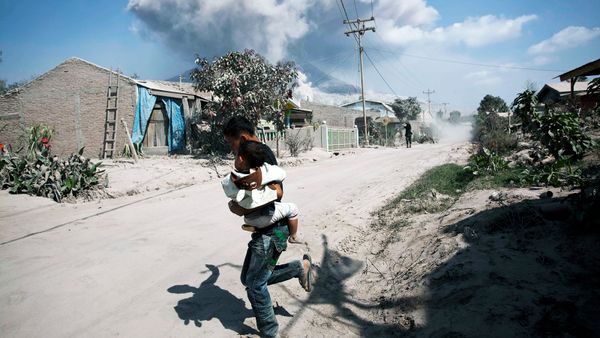
A new study published in the Journal of Applied Volcanology has finally arrived to tell us just how likely we are to die by volcano, and if we indeed met that grisly fate, how it might most likely go down.
More than 800 million people worldwide live within the footprint of an active volcano — that is to say, 10 percent of the world's population lives within 62 miles (100 kilometers) of certain death. OK, so, it's actually not certain. Potential death. Living near an active volcano is something of a hazard. According to the study, around 278,000 people have died since the year 1500 as a result of volcanic activity, which averages about 540 people a year for the past 517 years.
Advertisement

The research team from the University of Bristol's School of Earth Sciences updated, corrected, and added new data to previously existing volcanic fatality databases, including information about how far people were from the active volcano when they died. As it happens, there are a few different mechanisms by which a volcano might kill you — the researchers refer to these as "hazards" — and some can happen when the volcano is active, and others even when it's quiet.
These hazards can range from being in the footprint of a volcanic eruption, as most fatalities happen within 3 miles (5 kilometers) of the volcano, to falling victim to volcanic gasses escaping from the ground, to succumbing to volcano-caused lahars, tsunami and tephra up to 9 miles (15 kilometers) or more from the volcano itself. (For the curious, those are volcanic mudflows, massive sea waves and material ejected into the atmosphere, respectively.)
Most fatalities occurred in residential communities within 6 miles (10 kilometers) of a volcano, but people have been killed by volcanoes from as far away as 105 miles (170 kilometers). For those close to the blast, it's mostly pyroclastic density currents — avalanches of molten rock, ash and deadly gases — that kills them. Those who don't live in the area right around the volcano also lose their lives, but less commonly. While the majority of deaths in the past centuries comprised nearby residents, volcanoes have killed 561 tourists, 108 miners, 67 scientists, 57 emergency responders and 30 members of the media.
"The identification of these groups of victims is key for improving safety and reducing deaths and injuries in these groups, said lead author and volcanologist Sarah Brown of the University of Bristol's School of Earth Sciences, in a press release.
"While volcanologists and emergency response personnel might have valid reasons for their approach into hazardous zones, the benefits and risks must be carefully weighed," she said. "The media and tourists should observe exclusion zones and follow direction from the authorities and volcano observatories. Tourist fatalities could be reduced with appropriate access restrictions, warnings and education."
Scientists have identified 1,508 active volcanoes around the world. So, whether you live near one or you don't — or your plan to cook S'mores over a lava flow takes an unexpected turn — the point is, be careful in volcano country!

Advertisement

